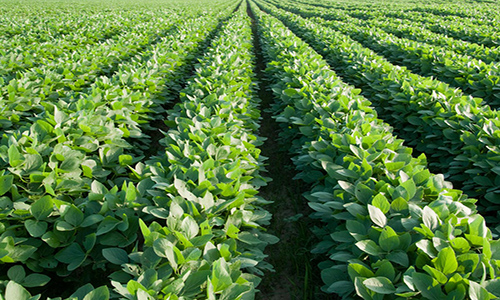Yes, June in Missouri was hot and dry, excessively so in spots. Preliminary data indicates the monthly average will be eighth- or ninth hottest on record since 1895, says state climatologist Pat Guinan.
The temperature will average slightly above 77 degrees, about 4 degrees above normal, says Guinan with the University of Missouri Extension.
Columbia broke records with temperatures above 90 degrees for 19 days in a row, ending June 27.
Hot weather was joined with the lack of rain.
June was dry, but not in the top 10 driest. Preliminary data shows a state average of 2.5 inches of rain, above half of normal.
But, it being Missouri, weather varies across the state. Averages don’t mean much locally, with rainfall more variable than heat.
Gallatin in Daviess County in northwestern Missouri had 7.49 inches of rain. Just over a trace, at eight-hundredths of an inch, fell in Monticello in Lewis County in the northeastern corner of the state. That dryness extends from Iowa to the St. Louis area.
By the last day of June more than half the state rated abnormally dry to moderate drought on the U.S. Drought Monitor map, Guinan says.
Large dry areas covered northeastern, central and southeastern Missouri. Pockets of extreme dry were around Kansas City, St. Louis and Cape Girardeau.
The lack of precipitation has farming interests concerned about the growing season.
In weekly updates to MU Extension field agronomists, Guinan reported a string of dry months from January to June. Lack of spring rain cut subsoil moisture as the growing season progressed.
“Any supplemental moisture for growing crops must come from the sky,” he says.
The corn crop is most vulnerable in late June and early July as the tassels and silks emerge for pollination. Weather determines if cobs will fill with corn kernels.
Early dry weather allowed corn planting to start ahead of normal. Cob development and even pollination came early in hot, dry conditions.
Livestock producers see varied forage growth in pastures. Rob Kallenbach, MU Extension forage specialist, says growth varies from 10 pounds to 45 pounds of dry matter per day per acre.
Cool-season grasses were hit hardest by heat and dry, going into their summer slump.
The northeastern counties hit by early drought conditions have the state’s largest claypan soil deposits. The tight clays have a low water-holding capacity to sustain crops in dry summers.
In that area, many counties averaged less than an inch of rain in June, Guinan says.
The swath of hot, dry weather extends from Oklahoma, across Missouri to northeastern Iowa. Once again Missouri is the bull’s-eye for dryness in Corn Belt states.
Going into July, heavy rains were forecast along a weather front expected to stall along Interstate 70. Flash flooding could occur.
In June, MU Extension state specialists formed a Drought Task Force to monitor developing conditions.
Weather can be highly variable by location.
Guinan’s June report shows that while Alton in Oregon County received just over 7 inches of rain, nearby Bloomfield had less than a half-inch of rain.
Farmer responses to drought can’t be one-size-fits-all.







